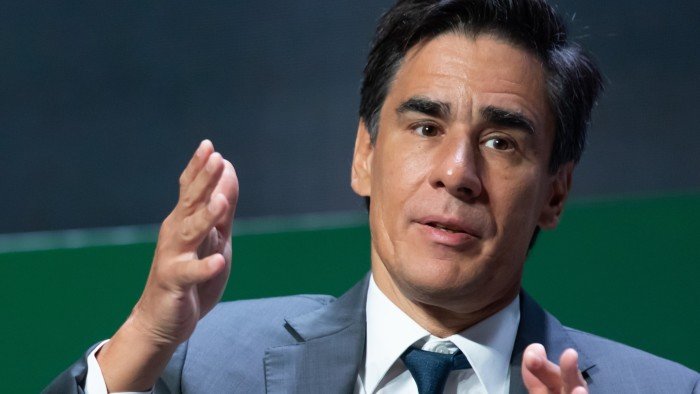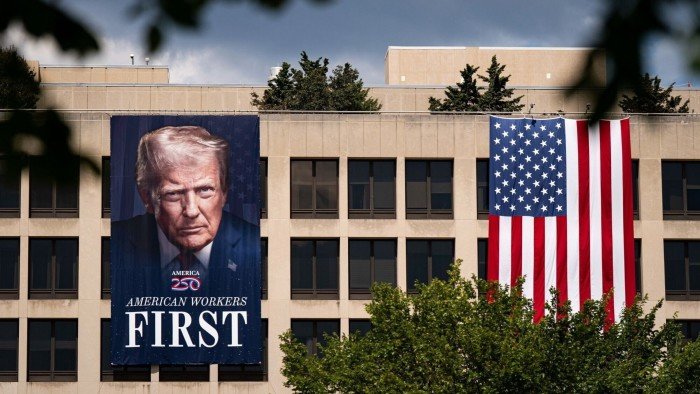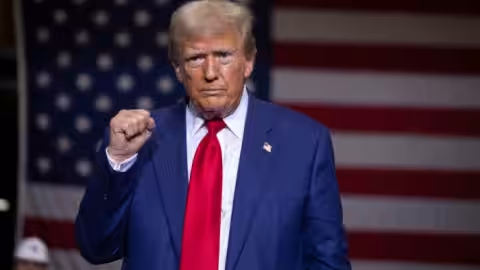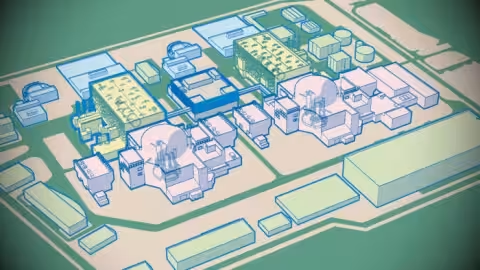ANZ has issued an apology and offered psychological counselling to more than 100 senior bankers after they received an email sent in error instructing them to return their computers, ahead of the news that they were going to be fired.
The Australian bank sent out the automated emails ahead of schedule on Wednesday. It held an online call with the staff later that day to confirm that those who had received them would be losing their jobs.
“Unfortunately, these emails indicate an exit date for some of our colleagues before we’ve been able to share their outcome with them,” said Bruce Rush, acting head of ANZ’s retail division, in an email to staff seen by the Financial Times.
“I deeply regret the distress this situation may have caused. Please know that we are committed to treating every colleague with dignity and respect as we move through this process,” said Rush.
The mistake comes as former HSBC executive Nuno Matos, who took over as chief executive in May, is ringing the changes at the bank. He is expected to announce a strategic overhaul in October. ANZ’s shares have risen 18 per cent so far this year to A$33.69.
The bank has grappled with a series of scandals in recent years, including an investigation into alleged bond price rigging and bad behaviour on its trading floor.
ANZ had been planning to tell staff about the job cuts next week. An ANZ spokesman said the bank had “apologised unconditionally to our staff impacted”.
The Financial Sector Union, which represents employees in the finance industry, said it had been contacted by members over the emails, which had caused “panic and distress”.
“This is a disgusting way for workers to learn about job cuts — through a botched email instead of a respectful conversation,” said the union’s national president Wendy Streets.
“These errors are the direct result of the chaotic pace of change being forced through by ANZ’s new CEO,” she said.
Commonwealth Bank of Australia, ANZ’s larger rival, was earlier this month forced to reverse a plan to sack 45 call centre workers it planned to replace with an AI chatbot.
The bank struggled to cope with a rise in incoming calls and has since apologised to staff and offered to redeploy them. The FSU complained to the Fair Work Commission, Australia’s employment tribunal, over the issue.























